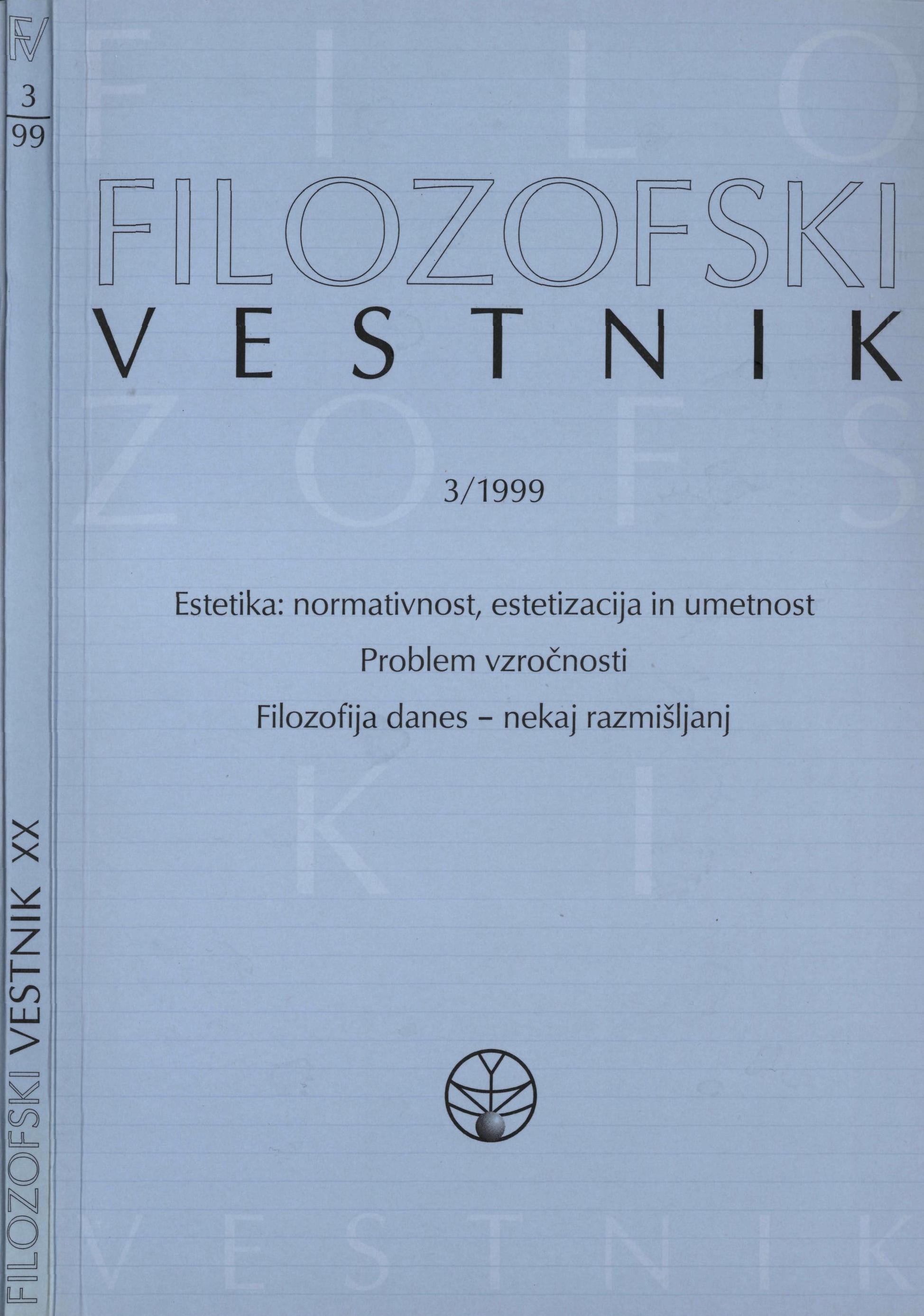Po dobi kánonov: pisanje na steni (Oblike in norme umetnosti v muzejih)
Povzetek
Referat se ukvarja z usodo zgodovinske in sociološke povezave med estetskim izkustvom in strategijo muzejske postavitve. Povezava med teoretsko in praktično, ali točneje, institucionalno platjo interpretacije in vzdrževanja umetniškega dela oziroma zbirk, sta podpirala iste interese. Osamitev umetniških del od vsakdanjega življenja, iz njihovih družbenih okvirov, je služila interesom nespodbijane prevlade zahodnega kánona. Muzeji so ostali stražarji – včasih praznih – norm in oblik, so zadnja in zelo priljubljena “Institucija” konserviranja tradicije in reklamiranja Reda. Toda multikulturalni izziv in relativizem sta dokončno spodkopala tradicijo. Kritično ponovno preučevanje vladajočih oblik skupinskega spomina je včasih rezultiralo v krizi muzejske dejavnosti. Klasifikacijske in zbiralske strategije so se izkazale za preveč prazne in brez pomena, za preveč abstraktne in preveč usmerjene na moč. Nova muzeologija je ponujala novo zvrst teoremov za zbiranje, klasifikacijo, vizualno razstavno predstavitev, muzejsko pedagogiko in ponudila novo pogodbo z multikulturalnim svetom, v katerem je bila evropska tradicionalna percepcija le ena izmed mnogih. Nova muzeologija se je odrekla pojmu posebne visoke kulture in klasičnih umetnosti, v zameno za izgubo izjemnosti pa se je v obdobju postkulturalne hierarhije pričela nova in obetavna izmenjava med umetnostjo in antropologijo.Prenosi
Podatki o prenosih še niso na voljo.
Prenosi
Objavljeno
2016-01-29
Kako citirati
György, P. (2016). Po dobi kánonov: pisanje na steni (Oblike in norme umetnosti v muzejih). Filozofski Vestnik, 20(3). Pridobljeno od https://ojs.zrc-sazu.si/filozofski-vestnik/article/view/4122
Številka
Rubrike
Estetika: normativnost, estetizacija in umetnost
Licenca
Avtorji jamčijo, da je delo njihova avtorska stvaritev, da v njem niso kršene avtorske pravice tretjih oseb ali kake druge pravice. V primeru zahtevkov tretjih oseb se avtorji zavezujejo, da bodo varovali interese založnika ter da bodo povrnili morebitno škodo.
Podrobneje v rubriki: Prispevki





